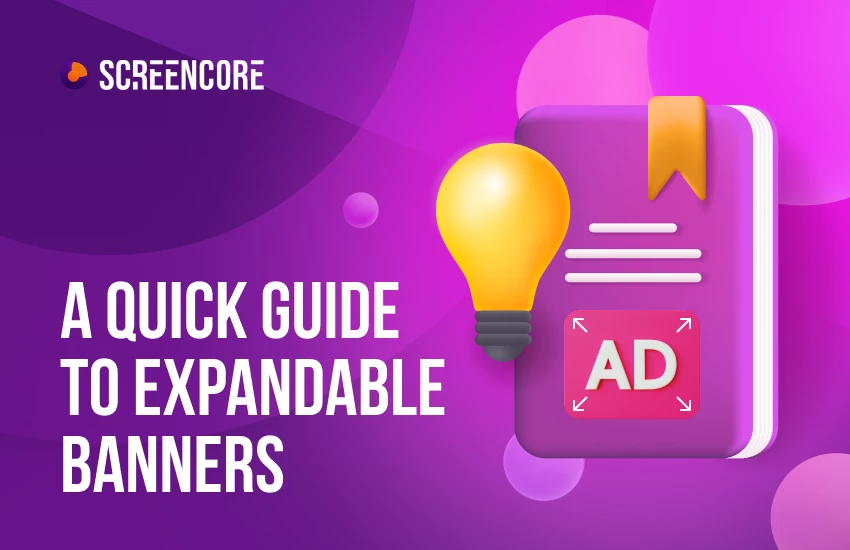VAST and VPAID protocols: how we can use them in programmatic advertising
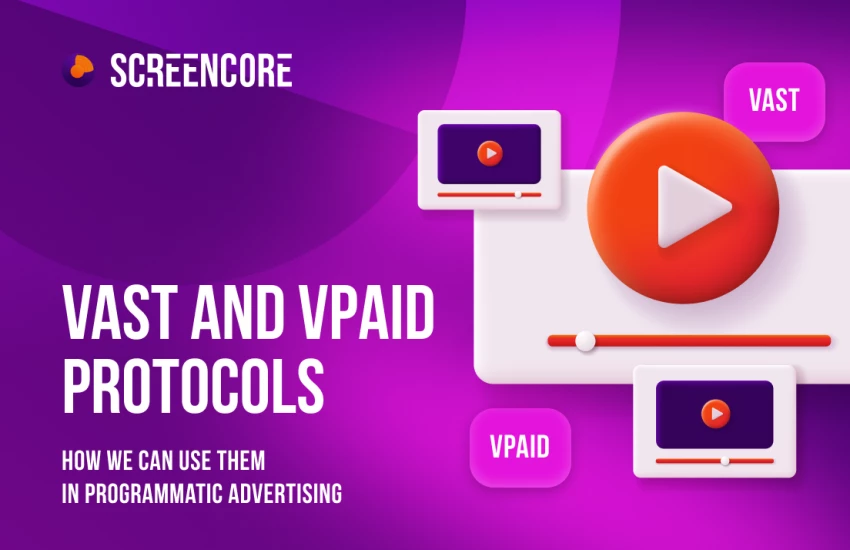
Publishers are increasingly turning to programmatic video advertising to supercharge their ad revenue. The Video Ad Serving Template (VAST) and the Video Player-Ad Interface Definition (VPAID) are two critical elements in this landscape. They all serve a crucial role in digital advertising for publishers and advertisers. Both were launched by the IAB (Interactive Advertising Bureau) as part of the IAB Video Suite to serve the digital video industry and further in-stream video ads.
In this article, we will delve into the functionalities and applications of these video types in programmatic advertising to help you understand their importance for your publisher ad stack.
What is VAST?
VAST is a standard XML-based protocol developed by the Interactive Advertising Bureau (IAB) for serving video advertisements. VAST provides a standardized way for advertisers, publishers, and ad servers to connect with ad servers. This IAB template is responsible for 90% of the video ads we see online these days.
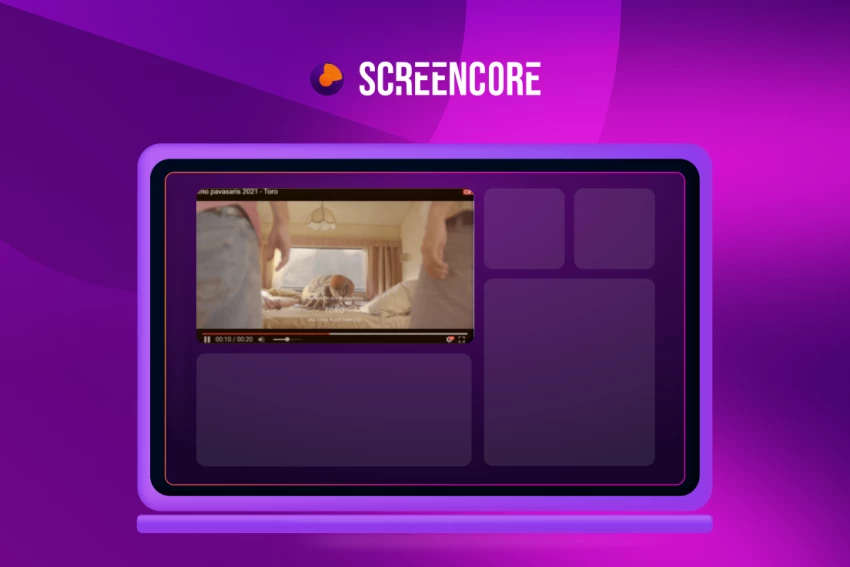
VAST aims to ensure compatibility and seamless delivery of video ads across different devices, players, and ad networks. It specifies rules and guidelines defining how video ads should be structured, formatted, and delivered.
According to the diagram, VAST operates in three simple steps:
1. VAST Request. Video ads are retrieved from the ad server by first sending a request from the video player.
2. VAST Inline Response. After receiving the Request, the ad server proceeds to generate an inline response, which includes the essential media file and tracking URLs needed for the campaign.
3. Tracking URLs Pinged. Once the video starts playing, the tracking pixels are activated to initiate the recording of impressions for that particular video.
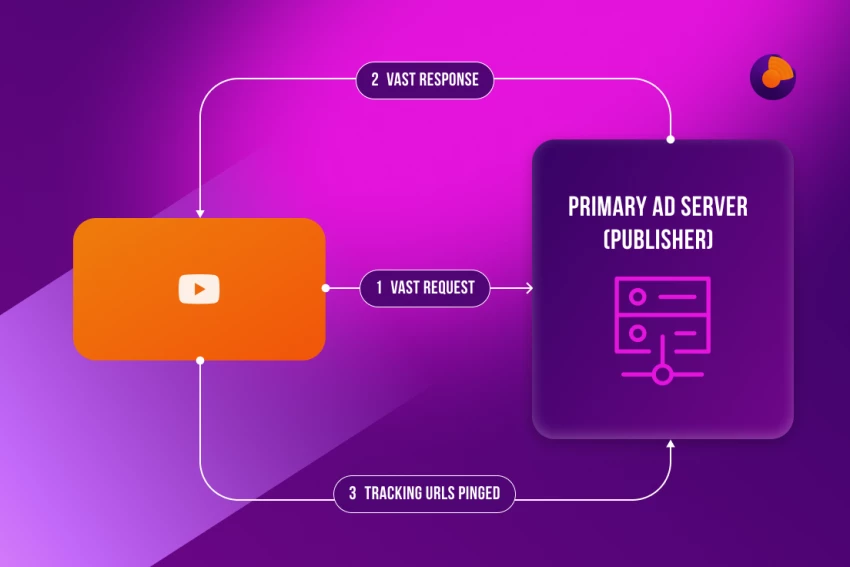
Since 2008 when VAST was launched, it has gone through many versions. The latest one currently available is VAST 4.2, which has addressed critical issues of previous versions like verification, support for basic interactive ads, impression discrepancy, and more.
What is VPAID?
VPAID is a standard developed by the Interactive Advertising Bureau (IAB) that allows for rich interactive experiences within video ads. In a nutshell, VPAID enables compatibility between video players and standard video ad unit specifications while providing viewers with an engaging and interactive user experience.
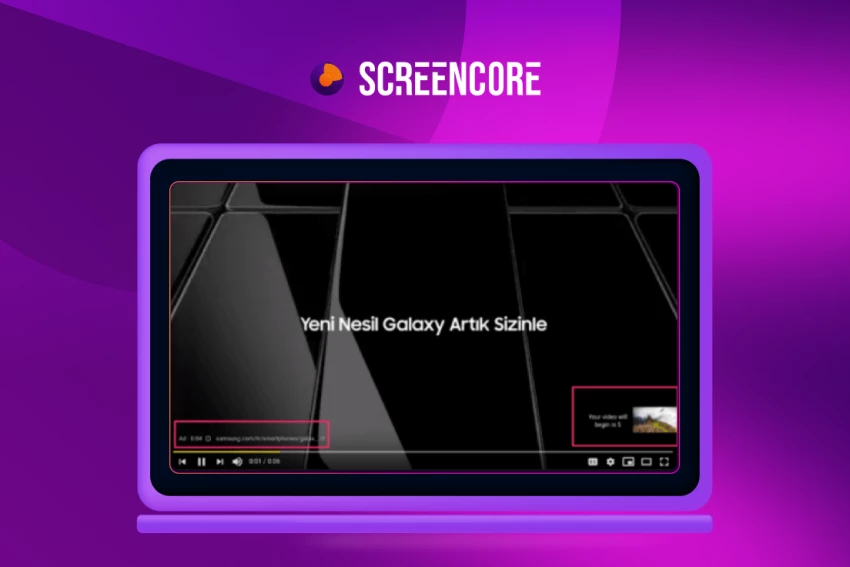
VPAID creation allowed advertisers to tap into ad viewability rates and measure users' interaction with the ads, which is especially useful for programmatic.
The VPAID process can be outlined as follows:
1. Calling for a request. The video player initiates an ad request by contacting the ad server, signalling the need for an ad to be served.
2. Responding with VAST and VPAID. The ad server responds to the video player's Request by providing the VAST XML file, which contains information about the ad and a VPAID-compliant ad unit. This response equips the video player with the necessary components for rendering the ad.
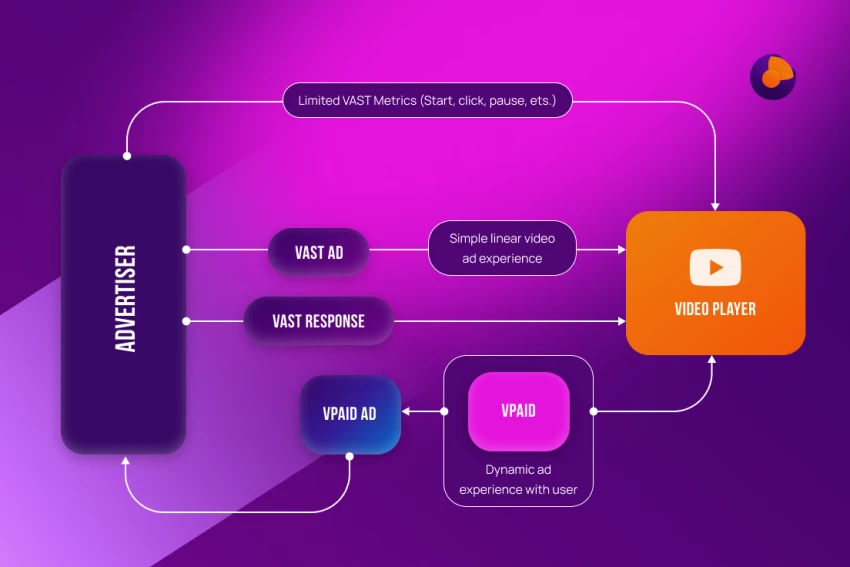
3. Continuous communication. Throughout the ad playback, the video player and the VPAID ad unit engage in ongoing communication. They exchange properties, events, and messages to facilitate interactive functionalities and maintain synchronization between the video player and the ad unit.
4. Tracking activities.Both the video player and the VPAID ad unit track various activities and events. They record impressions, clicks, and other relevant data, and subsequently transmit this tracked information to their respective ad servers. This tracking allows for the measurement and analysis of ad performance.
What are the differences between VAST and VPAID?
VAST is a script template that enables video ads to serve across all video players and supports simple in-stream video ad formats. At the same time, VPAID is a standard interface between video player and ad slots, enabling an interactive ad experience. Basically, VPAID is a specified type of file that can be delivered via the VAST tag.
VAST tag is used for standard video serving, whereas VPAID provides additional functionality beyond normal video playback, such as Viewability and adding Interactivity to ads.
VAST and VPAID: How Screencore uses it?
In programmatic advertising, both VAST and VPAID play essential roles in delivering and executing video ad campaigns.
Advertisers leverage VAST to provide information about their video ads, including ad duration, media files, targeting parameters, and tracking URLs. By adhering to the VAST specifications, advertisers ensure compatibility across different devices, players, and ad networks. VAST incorporates tracking mechanisms, such as tracking URLs, to capture impressions, clicks, quartile views, and other engagement metrics. Advertisers leverage this data to measure the effectiveness of their ad campaigns, optimize targeting strategies, and make informed decisions for future campaigns.
When we talk about VPAID it's important to notice advertisers use this format to create interactive ad experiences within their video ads. They can include interactive elements, clickable hotspots, expandable ad units, and other engaging features to encourage user interaction and improve ad performance. VPAID also enables advertisers to track user interactions and events within the ad unit. By capturing data on user engagement, such as interactions with interactive elements or playing games within the ad, advertisers gain insights into the effectiveness and impact of their interactive ad experiences. Moreover, VPAID allows for measuring ad viewability rates, ensuring that the ad is visible to users.
By combining VAST and VPAID in their video ad campaigns, Screencore can deliver targeted, engaging, and interactive video ads while effectively tracking and measuring campaign performance. These standards reach their desired audience, optimize ad experiences, and drive better results in programmatic advertising.
